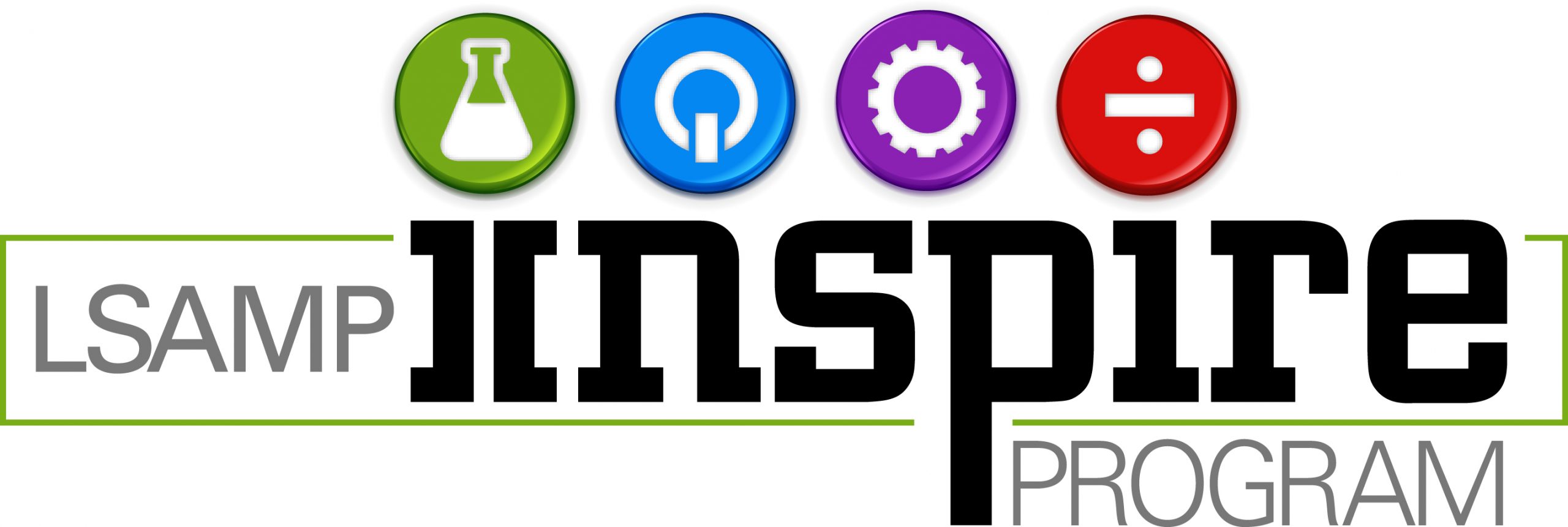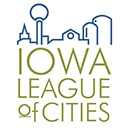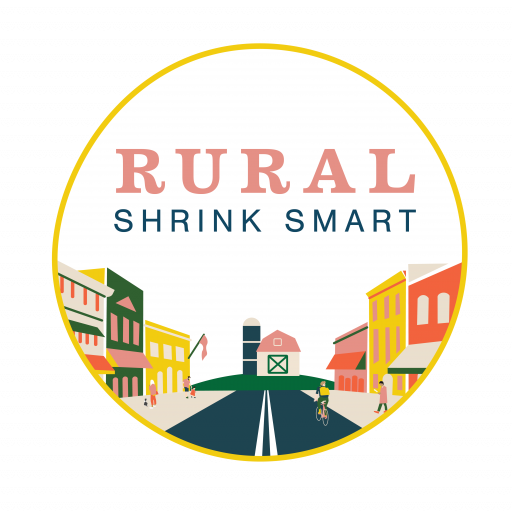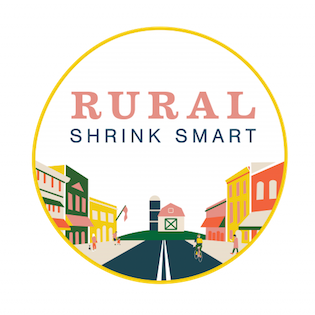ABOUT THE
PROJECT
Shrinking populations are usually seen as a sign of community decline. In this NSF-funded project, we explore small and shrinking rural communities in Iowa that have been able to protect quality of life and community services for their residents even as they lose population.
We call these Rural Shrink Communities.
Our goal is to develop tools to help all small and shrinking communities actively plan for shrinkage before population loss affects their quality of life. To do this, we start with a unique data set, the Iowa Small Town Poll, that has collected quality-of-life data in ninety-nine Iowa communities since 1994. We identified a group of shrinking communities from among the poll towns that scored higher than average on quality-of-life indicators from the 1994, 2004, and 2014 polls. From 2017 to 2019, we studied these communities using qualitative and quantitative methods to learn what makes them great places to live in the opinions of the residents.
Shrinking rural towns exist all over the world, but especially in the Midwest and Great Plains. In this project, shrinking towns are not seen as problematic or failing, but rather as a reality to be embraced and understood.
To social scientists, smart shrinkage means faster than average population decline that is paired with faster than average increase in quality of life. Quality of life includes economic, social, and physical characteristics of the community, as perceived by the citizens of that community. Communities are networks of relationships, interactions, and resources that can be strengthened, even without evident population growth. However, in order to do this, communities must acknowledge their strengths and also their deficiencies.
Our team believes that each community in our project is thriving in different ways. Therefore, we are creating a community of communities in order to build a network of mentorship throughout Iowa. You can read more about our communities under the “Our Communities” tab. Each of these communities are helping us to develop curriculum. They are also being connected to each other in order to spark state-wide dialogue and collaborations.
The curriculum being developed for this project is focused on assisting small towns’ efforts to thrive. This curriculum will include modules that highlight quality of life, social capital, economic development, and other opportunities for growth in small towns. These resources will be free, easily accessible, and enjoyable. As soon as this curriculum is made available, this page will be updated with more information.
If you would like to learn more about anything mentioned above, please see the “Resources” tab or contact the team with any questions.
This project’s grant period is from October 2020 to September 2023.
This research developed out of a pilot study funded by NSF from 2017-2019. David Peters and Kimberly Zarecor continued with the project into the new phase. For news and information about the earlier work, please visit our archived website:




This material is based upon work supported by the National Science Foundation under Grant Number #1952007. Any opinions, findings, and conclusions or recommendations expressed in this material are those of the author(s) and do not necessarily reflect the views of the National Science Foundation.

